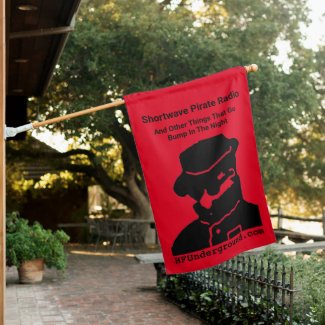211
Spy Numbers / New Asiatic M12 Thursday schedule with log, January 22 2015
« on: January 22, 2015, 1936 UTC »While at the listening gear last night (0030z, January 22, 2015) I noticed a short duration carrier come up on 14492.3 kHz in AM with somewhat muddy broadcast station audio followed by some quick dashes. This is the same habit sometimes seen when the Sunday V07 and Wednesday / Saturday Asiatic M12 transmitters are warmed up prior to transmission. So I parked a receiver on that freq for a while.
At 0100z a new (to me) M12 transmission started. The signal levels and bearing of reception (towards Asiatic Russia or Kamchatka from my location) match the V07 and Wednesday / Saturday M12 signals, and the choice of frequencies also closely matches. I think it is probable that this is from the same source as those two schedules.
I tried multiple European remotes at the same time to see if it could be heard there. As most often with the Sunday V07 and the Wednesday / Saturday M12 I could not receive these transmissions using the European remotes.
Since this was the first night of reception for me I have no idea yet what other days this schedule might be active. But the schedule has been added to my automated recordings to find out.
Schedule chart here (short though it is yet):
http://www.tokenradio.net/Radio/SharedFiles/NumbersTfer/M12_T_Pacific_latest_sched.JPG
T!
Mojave Desert, California, USA
Thursday schedule Asiatic M12 Logs
M12 15826kHz 0100z 22/01/2015 [435 435 435 1 1 1 (R9), 791 127 (R2)] 0111z Strong T! THU
M12 14576kHz 0120z 22/01/2015 [435 435 435 1 1 1 (R9), 791 127 (R2)] 0131z Strong T! THU
M12 13416kHz 0140z 22/01/2015 [435 435 435 1 1 1 (R9), 791 127 (R2)] 0151z Strong T! THU
Although the group count and transmission time for this message matches what was sent the day before, on January 21, 2015 during the 0020 / 0040 / 0100 schedule, the message was not the same.


